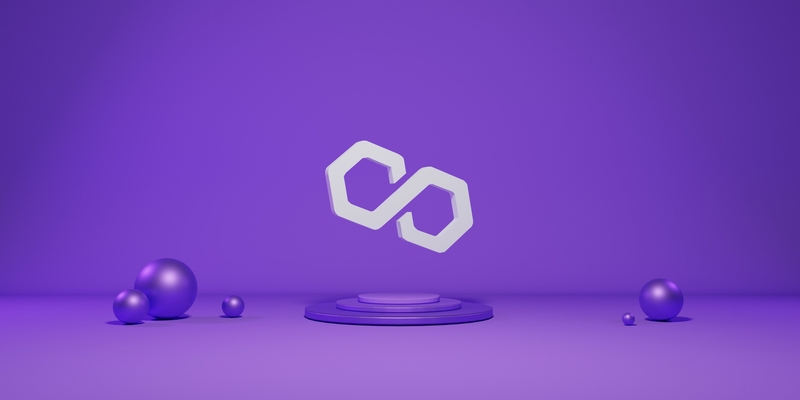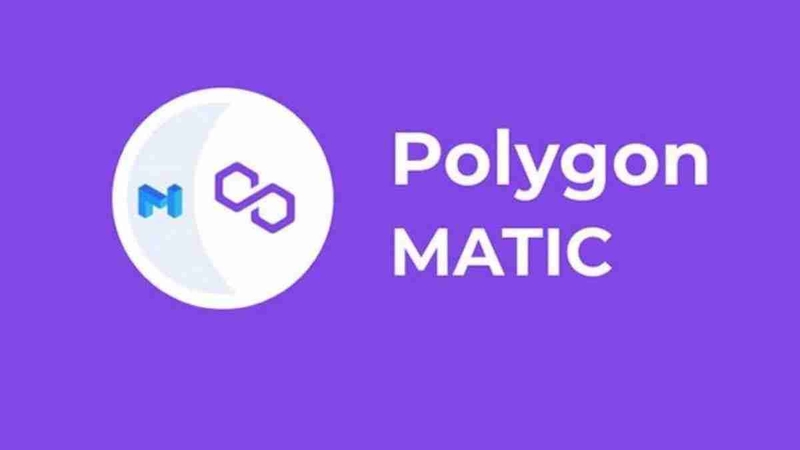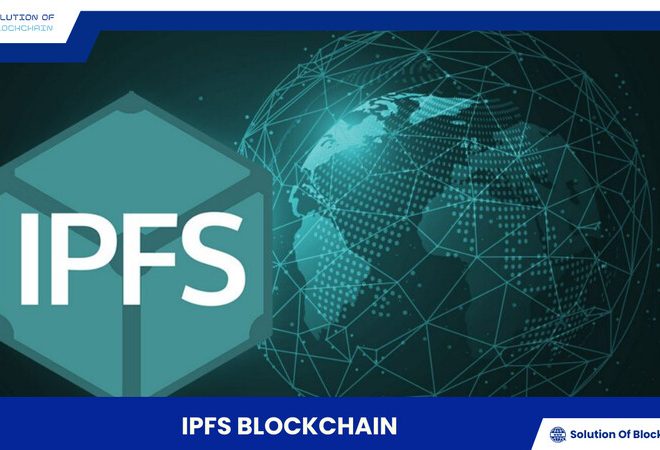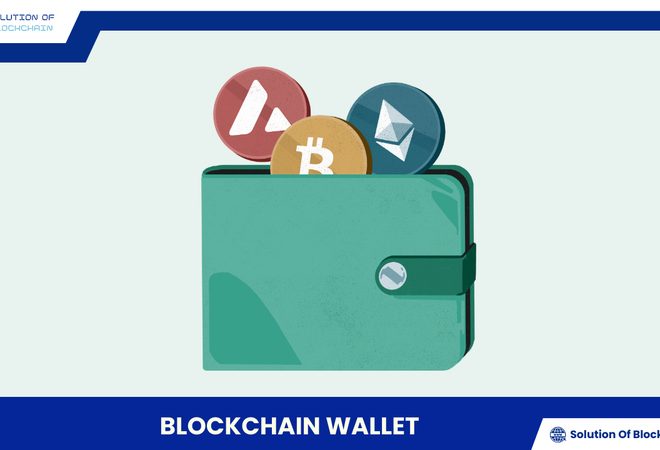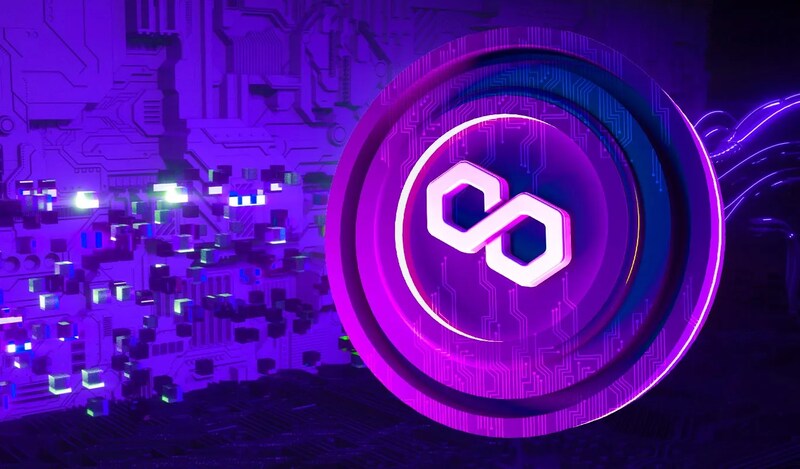
What is Polygon? Understanding the leading Layer-2 solution
Have you ever heard of Polygon and wondered, “What is Polygon?” In the ever-evolving world of cryptocurrency, Polygon has emerged as a potential scaling solution for Ethereum. Join me as we delve into the details of Polygon, from its basic concepts to its applications and future potential.
What is Polygon?
Polygon is a Layer-2 scaling solution built on the Ethereum blockchain. Simply put, Polygon acts as a “second layer” on top of Ethereum, allowing transactions to be processed off-chain (outside the main chain) to reduce the burden on the main network. This helps increase transaction speed, reduce fees, and enhance scalability for Ethereum.
Unlike other Layer-2 solutions like Optimistic Rollups (Optimism, Arbitrum) that use a fraud-proof mechanism to ensure security, Polygon utilizes ZK-rollups, an advanced technology based on Zero-knowledge proofs. ZK-rollups allow verification of the validity of off-chain transactions without revealing all transaction data, thereby enhancing security and privacy for users.
History of Polygon
Polygon was founded in 2017 by three Indian developers: Jaynti Kanani, Sandeep Nailwal, and Anurag Arjun. Initially, the project was called Matic Network and focused on using Plasma chain to scale Ethereum.
In 2019, Matic Network conducted a token sale on Binance Launchpad, attracting the attention of the crypto community. By 2021, the project officially changed its name to Polygon and expanded its vision, aiming to build an “internet of blockchains” on Ethereum.
One of the milestones in Polygon’s development history is the launch of Polygon zkEVM in 2023. This is the first Layer-2 solution fully compatible with the Ethereum Virtual Machine (EVM), allowing developers to easily deploy existing Ethereum applications on Polygon.
How Polygon works?
Polygon uses a rather complex operating mechanism to achieve the goal of increasing transaction speed, reducing fees, and scaling Ethereum. For easy understanding, we can divide this mechanism into three main parts:
Plasma chain
- In its early stages, Polygon mainly relied on Plasma chain, a Layer-2 solution that allows transaction processing off-chain (outside the Ethereum main chain).
- Transactions are executed on independent sidechains, then aggregated and periodically submitted to the Ethereum mainchain.
- This helps reduce the load on the Ethereum network, allowing more transactions to be processed at a faster speed and lower cost.
- However, Plasma chain has the disadvantage that withdrawal time from sidechain to mainchain is quite long (can be up to 7 days).
ZK-Rollups
- Currently, Polygon is focusing on deploying ZK-rollups, a more advanced Layer-2 technology than Plasma.
- ZK-rollups also allow off-chain transaction processing, but use Zero-knowledge (ZK) proofs to verify the validity of transactions.
- ZK proofs allow verification of a large number of transactions without revealing detailed transaction data, ensuring security and privacy.
- ZK-rollups overcome the disadvantages of Plasma chain, allowing for faster and safer withdrawals.
Heimdall architecture
- Polygon uses the Heimdall architecture to select block producers for the network.
- Heimdall operates based on the Proof of Stake (PoS) mechanism, where validators stake MATIC tokens to participate in the consensus process and produce blocks.
- Block producers are randomly selected by Heimdall, ensuring decentralization and preventing attacks.
Advantages of Polygon
Polygon possesses many outstanding advantages, making it an attractive Layer-2 scaling solution for Ethereum. Here are some of the key benefits that Polygon offers:
Superior scalability
- Polygon can handle a large number of transactions at high speed, solving the congestion problem often encountered on the Ethereum network.
- This allows decentralized applications (dApps) to operate more smoothly, providing a better user experience.
Low transaction fees
- Compared to Ethereum, transaction fees on Polygon are significantly lower.
- This factor makes Polygon more attractive to users and developers, especially in applications that require many small transactions.
Full compatibility with Ethereum
- Polygon is built to be fully compatible with Ethereum.
- This allows developers to easily migrate existing dApps to Polygon or build new applications compatible with both networks.
High security
- Polygon uses advanced security technologies such as Proof-of-Stake (PoS) and ZK-Rollups.
- The PoS mechanism allows users to participate in staking MATIC tokens to secure the network and receive rewards.
- ZK-Rollups use zero-knowledge proofs to verify off-chain transactions, enhancing security and privacy.
Strong development community
- Polygon has a large community of developers and users actively contributing to the development of the ecosystem.
- Community support helps Polygon continuously improve and update new features.
Support for multiple scaling solutions
- Polygon is not limited to a single scaling solution.
- It supports various solutions such as Plasma Chains, PoS Chain, ZK-Rollups, and Optimistic Rollups.
- This allows developers to choose the solution that best suits the needs of their application.
Limitations of Polygon
Despite possessing many outstanding advantages, Polygon still has certain limitations. Here are some notable limitations of Polygon:
Still Dependent on Ethereum
- Although a Layer-2 solution, Polygon still depends on Ethereum for security and consensus. Any problems on the Ethereum network can affect Polygon.
- Transferring assets between Polygon and Ethereum can be time-consuming and costly, causing some inconvenience for users.
Fierce competition
- The market for Layer-2 scaling solutions for Ethereum is becoming increasingly competitive, with the emergence of many strong competitors such as Optimism, Arbitrum, and zkSync.
- These competitors also have their own advantages, creating great competitive pressure for Polygon.
Decentralization
- Despite using the PoS consensus mechanism, the number of validators on Polygon is still limited compared to Ethereum. This can affect the decentralization of the network.
- Some argue that Polygon is not yet fully decentralized, as the Matic Foundation still has significant control over the network.
Technical issues
- Polygon has encountered some technical issues, including synchronization errors and network congestion.
- Although these issues have been resolved, they still raise concerns about the stability and reliability of Polygon.
Dependence on the MATIC Token
- The Polygon ecosystem is heavily dependent on the MATIC token. Price fluctuations of MATIC can affect the development of Polygon.
- If MATIC loses value, users may lose confidence in Polygon and switch to other solutions.
Applications of Polygon
Polygon is being applied in various fields, including:
DeFi (Decentralized Finance)
Polygon is an ideal platform for DeFi applications thanks to its superior scalability and low transaction fees. Transactions on Polygon are processed faster and more efficiently than on the Ethereum network, saving users time and money.
A number of leading DeFi projects have been deployed on Polygon, including:
- Aave: A platform for lending and borrowing cryptocurrencies.
- Curve Finance: An AMM protocol focused on stablecoins.
- SushiSwap: A decentralized exchange (DEX).
- QuickSwap: A DEX operating on Polygon with fast transaction speed and low fees.
NFTs (Non-Fungible Tokens)
Polygon is also a popular platform for NFT projects. With fast transaction speed and low fees, Polygon makes it easier and more convenient to create, buy, sell, and exchange NFTs.
Some popular NFT platforms have integrated Polygon, including:
- OpenSea: The world’s largest NFT marketplace.
- Rarible: A platform for creating and trading NFTs.
Gaming
Polygon provides scaling solutions for blockchain games, helping to improve the user experience and minimize latency. Blockchain games often require processing a large number of transactions, and Polygon can meet this demand effectively.
Some popular blockchain games are using Polygon:
- Decentraland: A blockchain-based virtual world.
- The Sandbox: A metaverse gaming platform.
Other applications
In addition to the three areas above, Polygon is also being applied in many other fields, including:
- Identity verification: Polygon ID provides a decentralized identity verification solution, protecting user privacy.
- Supply chain: Polygon can be used to track and manage the supply chain transparently and efficiently.
- Real estate: Polygon can be used to tokenize real estate assets, making buying, selling, and trading easier.
MATIC Token
What is MATIC?
MATIC is the native token of Polygon, playing an important role in the operation of the network. Here is some detailed information about the MATIC token:
- Transaction fee payment: Every time you make a transaction on the Polygon network, you will need to pay a small fee in MATIC. This is similar to how ETH is used on the Ethereum network.
- Staking: You can stake MATIC to participate in the process of securing the network by running a validator node. When you stake MATIC, you will receive block rewards and transaction fees. This is a great way to earn passive income from holding MATIC.
- Governance: In the future, when Polygon transitions to a fully decentralized governance model with Polygon 2.0, MATIC (or the new POL token) will be used to vote on governance proposals. This allows the MATIC user community to have a say in shaping the future of Polygon.
Technical information about MATIC
- Token standard: MATIC was originally issued as an ERC-20 token on Ethereum. However, it is now also available on other blockchains such as Binance Smart Chain (BEP-20) and Solana (SPL).
- Total supply: The total supply of MATIC is capped at 10 billion tokens.
- Token allocation: MATIC is allocated to various groups, including the ecosystem, development team, initial investors, and reserve fund.
- Circulating supply: 9,282,943,566 MATIC (as of October 2024)
Buying MATIC
You can buy MATIC on both centralized exchanges (CEXs) and decentralized exchanges (DEXs):
Centralized exchanges (CEXs)
- Popular exchanges: Binance, Coinbase, KuCoin, Gate.io, Huobi, OKX, etc.
- Advantages: User-friendly interface, easy to use, high liquidity, support for multiple payment methods (bank cards, wire transfers, etc.).
- Disadvantages: KYC (identity verification) is required, reliance on the exchange.
Example: Buying MATIC on Binance
- Create a Binance account and complete KYC.
- Deposit funds into your Binance account.
- Search for the MATIC/USDT or MATIC/BTC trading pair.
- Place an order to buy MATIC with the desired amount.
Decentralized exchanges (DEXs)
- Popular exchanges: Uniswap, SushiSwap, QuickSwap, etc.
- Advantages: No KYC required, full control over assets, anonymous trading.
- Disadvantages: More complex interface, lower liquidity than CEXs, susceptible to slippage.
Example: Buying MATIC on QuickSwap
- Connect your wallet (MetaMask, Trust Wallet) to QuickSwap.
- Select the token you want to swap (e.g., ETH) and MATIC.
- Enter the amount of tokens you want to swap and confirm the transaction.
Storing MATIC
After buying MATIC, you need to store it securely in a cryptocurrency wallet.
Hot wallets
- Popular wallets: MetaMask, Trust Wallet, Coin98 Wallet, etc.
- Advantages: Convenient, easy to use, easy to connect to dApps.
- Disadvantages: Less secure than cold wallets, vulnerable to attacks if not secured carefully.
Cold wallets
- Popular wallets: Ledger Nano S, Trezor, etc.
- Advantages: High security, offline storage, effective attack prevention.
- Disadvantages: Less convenient than hot wallets, high cost.
Note:
- Always back up your wallet’s seed phrase carefully.
- Never share your private key with anyone.
- Be wary of fake websites and phishing emails.
The future of Polygon
Polygon is on a strong development trajectory, asserting its position as one of the leading Layer-2 solutions for Ethereum. With continuous advancements in technology, ecosystem, and community, Polygon promises to boom even further in the future.
Factors driving Polygon’s growth
- Polygon 2.0: This upgrade will bring a more robust network architecture, higher interoperability, and improved tokenomics, creating a solid foundation for Polygon’s sustainable development.
- zkEVM: The advanced zkEVM technology makes Polygon fully compatible with EVM, attracting a large number of developers and applications from Ethereum.
- Diverse ecosystem: Polygon has a rich ecosystem with DeFi, NFT, and GameFi applications, meeting the diverse needs of users.
- Thriving community: Polygon has a large and enthusiastic community of users and developers who actively contribute to the development of the ecosystem.
- Support from major players: Polygon receives attention and investment from many large investment funds and leading technology companies.
Predictions for the future of Polygon
- Scaling: Polygon will continue to expand its scale and transaction processing capabilities to meet the growing needs of users.
- Enhanced security: Polygon will continuously improve the security of the network, ensuring the safety of users’ assets.
- Ecosystem development: Polygon will continue to attract more new projects and applications, creating a diverse and rich ecosystem.
- Value growth: The value of the MATIC token (and POL in the future) is predicted to grow significantly, reflecting Polygon’s development potential.
- Becoming a leading Layer-2 platform: With its advantages in technology, ecosystem, and community, Polygon has the potential to become the leading Layer-2 platform for Ethereum, and even a powerful independent blockchain in the future.
Polygon is a promising Layer-2 scaling solution for Ethereum, offering superior scalability, speed, and efficiency. With the continuous development of its ecosystem and community, Polygon promises to continue to play an important role in shaping the future of Web3. To learn more about other potential projects in the cryptocurrency market, don’t forget to continue following Solution Of Blockchain!


